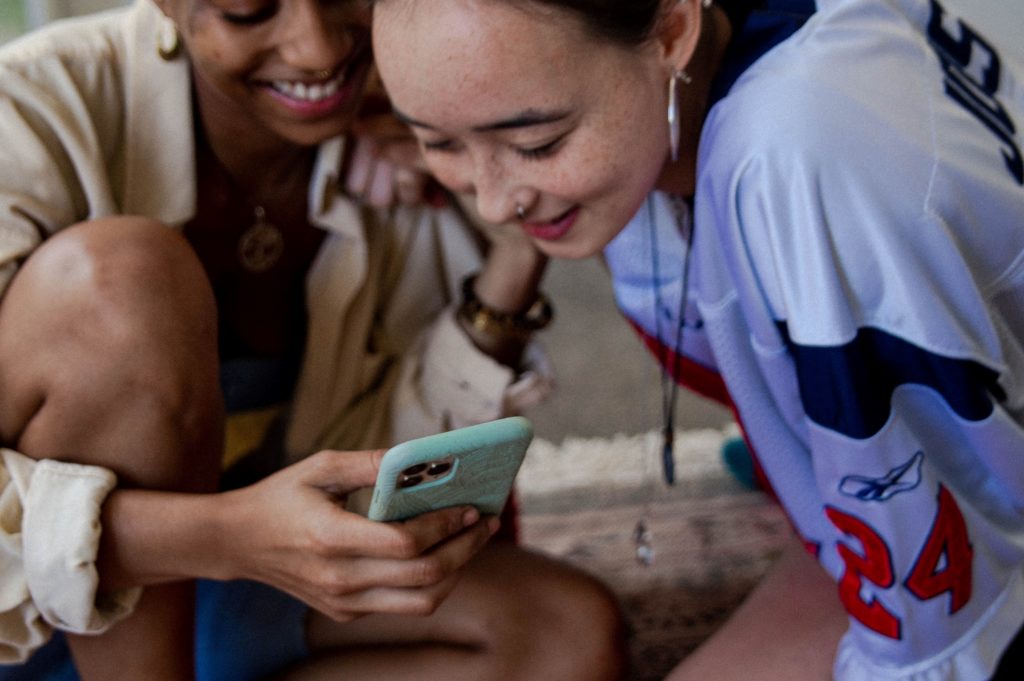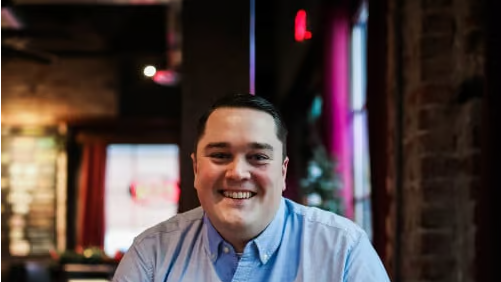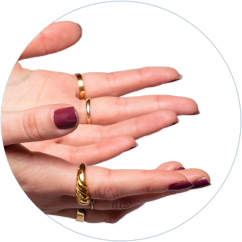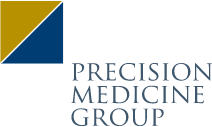Can we Tik-Tok our way out of a pandemic? A Q&A about Gen Z influencers, and where pharma can go next

First published in Pharmaceutical Executive.
Americans 18-24 years old are one of the country’s most hesitant vaccine-eligible populations. In July, according to the CDC, only 42% of them had been fully vaccinated for COVID-19. How do pharma companies and governments walk the line of making it cool to get a vaccine? Might influencers be enough to sway people on a polarized medical issue? While PRECISIONeffect’s Associate Creative Director Isaac Simpson thinks the outlook is mixed, there is potential. We spoke with him to ask what he sees happening with Gen Z and potential efforts to date to get them on board.
How can influencers have an impact on the 18-24 year old group?
Isaac Simpson: That state and federal governments are promoting COVID vaccines1 via Gen Z influencers is proof that we have entered a brave new world of health marketing. However, just because it’s novel doesn’t mean it works.
If you spend time around any phone-glued member of Gen Z, you already know that they’re heavily swayed by social media influencers. The younger generation is twice as likely to make purchase decisions2 based on influencer marketing than the general population.
But vaccine influencer campaigns are not about making purchases. Asking someone to buy something is different than asking them to inject something into their bodies. A recent Resonate study showed only about 3.5% of Americans would have their vaccine decisions influenced by “alternative media personalities,” which means influencers. This may be why, despite the governmental influencer campaigns, there hasn’t been a resulting spike in vaccine rates.
Still, it’s undeniable that influencer marketing works—it’s just about figuring out how to make it work better in the science and pharma fields.
What can influencers say—and what can’t they say?
In the health context, what influencers can and cannot say is governed by a set of regulations from both the Federal Trade Commission and the FDA that layer over potentially misleading promotions (almost like layered COVID protections!).
The FDA has a disclosures guide3 for influencers with rules including:
- If influencers receive anything of material value in exchange for posting, or if they have a relationship with the brand, they must disclose it somewhere that’s “hard to miss.”
- Influencers can’t talk about a product that they have not tried.
- Influencers can’t make up claims about a product that would require proof an advertiser doesn’t have—this is especially relevant in the science field (e.g., you can’t make scientific claims about a product that aren’t backed up by concrete data).
- Influencers cannot claim something is safe if it isn’t.
Most influencers stop there, but health influencers need to consider FDA’s regulations4 on top of the FTC’s rules. According to the FDA’s Office of Prescription Drug Promotion (OPDP), promotional pieces:
- Must reveal material facts about the product being promoted, including facts about the consequences that can result from use of the product, as suggested in the promotional piece.
- Should present information about effectiveness and information about risk in a balanced manner.
These should in theory provide consumers plenty of protection against misleading influencer posts, but in reality5 there is very little enforcement. In fact, the FDA hasn’t issued new social media guidelines since 2014, and the OPDP’s 2020 study6 into the matter has yet to produce results. As for the FTC, it’s estimated that 93% of all influencer posts violate its guidelines7.
What can you do about skeptical influencers? Are they a group to reach out to as well?
When it comes to a public health campaign, skeptical influencers are probably the group that should be targeted most. Much of government’s COVID influencer marketing has preached to the choir: the White House-sponsored Benny Drama TikTok post comes to mind. On the other hand, posts by local governments using well-known doctors and community leaders have the potential to reach a broader ideological swath. Also, using influencers like Olivia Rodrigo who have massive audiences on both sides of the political divide is a good approach, because you will inevitably sweep in some skeptics.
That said, it is surprising to me that authorities have not made more of an effort to specifically target skeptics. You could imagine collaborations with anti-vaxx influencers (platforms like Rumble, Parler, and even YouTube are full of them) where someone like Dr. Fauci could say “I respect that it’s your body and your choice, but here’s why I believe it’s important for all of us to get the vaccine.” That type of transparent approach would make vaccine skeptics less reactive.
How hard it is to find the right influencers? Is this group hard to reach if you’re not within their age group?
Finding influencers is something I have spent many hours doing, and it can be both more difficult and easier than you think. The thing that people can misunderstand about influencers is that there are so many of them—literally hundreds of thousands. People think that having 100,000 followers is a lot, but it’s very common. This is why brands tend to “channelize” influencers across target verticals—basically grouping 10, 20, 30 influencers with 100,000-500,000 followers with a certain interest area, and then messaging across the whole group.
There are a variety of ways of finding influencers, from agencies with rosters of popular influencers to search programs like Tubular, Demographics Pro, TweetDeck, or CreatorIQ. Sometimes the easiest way is to “go down a rabbit hole” on a relevant hashtag on Instagram. It is easy to find influencers at the follower counts you want, but what is difficult is finding the right influencers for the message you want to deliver. A lot of money can be wasted on the wrong influencers.
In the pharma and health contexts, there are a lot of highly engaged, authentic social media communities popping up around certain disease states. They’re pretty easy to track via hashtags and search. These communities are a great source of influencers and information from real people going through the issues we want to treat.
What is the best way to get started?
Like most marketing, influencers began as experimental tools used by edgier consumer brands that could afford to take the risk. The hugely successful e-commerce brand Revolve, sort of Gen Z’s answer to Victoria’s Secret, was built on the backs of budding fashion influencers.
Biotech and pharma marketing are about as far downstream from fashion as you can get, so it will still take a while for influencer marketing to become the norm in our field. However, influencer vaccine campaigns have hyper-accelerated that process. It will become only more prevalent—it’s not as if Gen Z will throw away its smartphones any time soon.
Where pharma companies have stumbled are in the areas of “authenticity” and “transparency,”—aka the pillars of influencer culture. They’ve either bumped up against regulators and ethics, as the Kardashians did in both 2015 and 2020, or they come off as corny and forced, which is why influencers almost always delete pharma posts from their feeds as soon as their contractual periods end (this is the opposite of some consumers brands like Nike or Apple, which serve as badges of honor in influencers’ feeds).
For pharma companies to succeed with influencers, they need to think about shifting away from traditional, product-in-picture influencer marketing towards a meme-ified micro-community approach. As I said, there are wonderful online communities growing among patients of specific diseases, whether those currently undergoing chemo or suffering from a rare skin condition. In fact, the rarer or more severe the condition, often the livelier the communities. The Instagram culture around breast cancer treatment includes super-authentic memes,8 merch accounts,9 and influencers10 who all speak from personal experience, often with a tinge of really refreshing dark humor.
I think it’s about approaching these communities and transparently offering campaigns that add real value. Don’t just pay someone to shill your drug or device. Get a famous chef to create recipes just for patients of your disease state and share them and hashtag accordingly. Or even sponsor IRL events and tap influencers inside these communities to spread the word. Influencer marketing, particularly in health, doesn’t have to prey on vanity—it can genuinely add real value to patient communities. It just has to be willing to get a little down and dirty.
But therein lies the challenge—like all influencer marketing, pharma companies will need to become comfortable with less polished, more authentic, and less controlled content to make it work.










